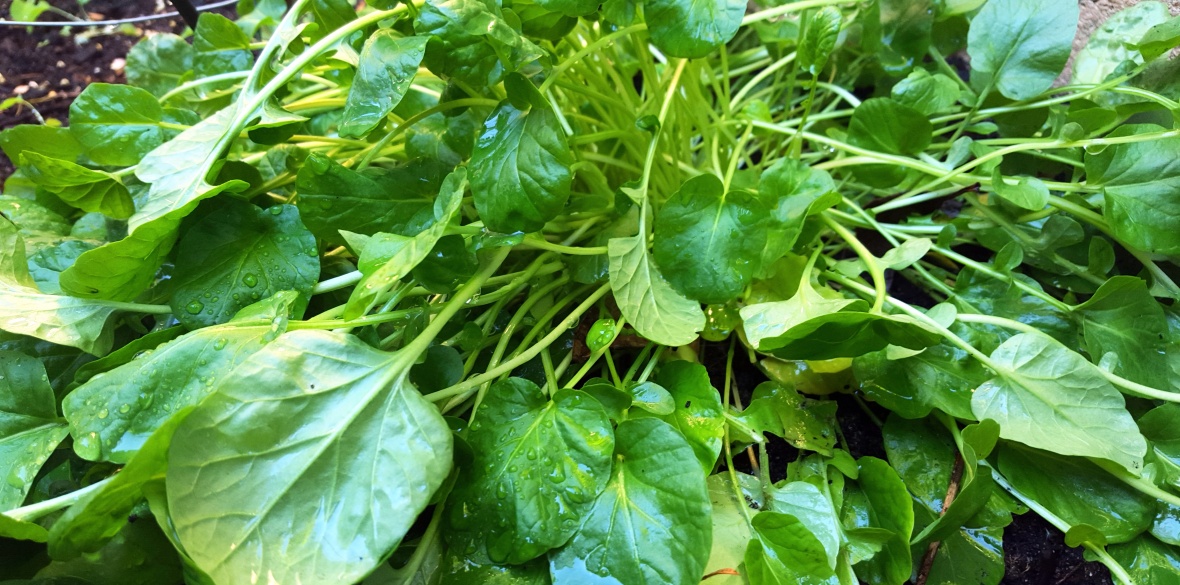This is the last article you can read this month
You can read more article this month
You can read more articles this month
Sorry your limit is up for this month
Reset on:
Please help support the Morning Star by subscribing here
LAND CRESS is usually described as an alternative to watercress, but I think that undersells it.
It’s an excellent autumn and winter vegetable in its own right, raw in salads and sandwiches or cooked in soups and pasta sauces. Fair enough, though — it does taste a lot like watercress.
Sometimes listed in seed catalogues as American cress, it’s best sown in July or August, and is generally regarded as an easy crop.
Flea beetles and pigeons can both cause it damage, but a covering of horticultural fleece will keep off the former, while the latter can be frustrated by fleece, netting, chicken wire or cloches.
Putting cloches over the cress from autumn onwards will also improve the quality of the leaves, but it’s a very hardy plant, so they’re not a necessity.
Land cress is a brassica, so try not to site it in a patch of garden which has recently grown other members of the cabbage family, including radishes.
It will tolerate moderate shade, but for winter cropping full light is preferable. Because it’s started at what is often a dry time of year, a moist, rich soil is best. In thin, dry soils it can run to seed prematurely. It does quite well in large pots or troughs.
The small seeds can be sown directly into shallow drills in the ground, putting the rows about eight inches (20cm) apart if you’re sowing more than one.
If you can manage to sow the seeds quite thinly, the plants won’t need thinning out later. They don’t seem to suffer from a little overcrowding in any case, though an ideal spacing between the individual plants is about six inches (15cm).
A more foolproof, but also more involved method is to sow the cress into the type of cellular trays, or self-watering modules, which can be bought in garden centres. Put as few seeds as your dexterity will allow into each cell, and then plant each clump out at an each-way spacing of about eight inches (20cm) a few weeks later when the plants are growing strongly.
The great advantage of starting land cress in modules, under cover, is that it’s unlikely to have its germination prevented by drought, and that you can more easily protect it against flea beetles and birds, as well as the slugs and snails which will sometimes take an interest in the seedlings.
Keep the plants well weeded in their younger days. As they grow on, they will crowd out any weeds which survive the cooling weather. As long as the hot weather continues, land cress will also need regular watering.
Start harvesting the cress in October and continue through the winter. Take individual leaves, so as not to denude any one plant.
There won’t be much, if any, growth in winter, but what’s already there stays in good condition. In early spring the plants will start into growth again for a short time before the flowering stalks appear; they, too, are edible.
For more of Mat Coward’s writing visit www.matcoward.com.










